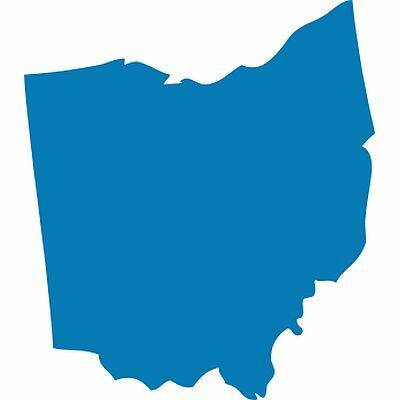DAYTON — The Dayton area has a deep history in connection to flight and the Air Force, which celebrated its 75th anniversary last Sunday, including the development of Wright-Patterson Air Force Base. Here’s a look at some key dates:
• Early 1900s: Orville and Wilbur Wright make Huffman Prairie the world’s first flying field. The brothers set up the Wright School of Aviation on Huffman Prairie to train America’s earliest military pilots. —
• 1909: The Wright Brothers sell an early airplane to the U.S. Signal Corps.
• The first military aviation units were formed in the Dayton area. The Airplane Engineering Division, located about five miles west of today’s Wright-Patterson Air Force Base Area B, at McCook Field, was activated in 1917. The Fairfield Air Depot began as the Fairfield Aviation General Supply Depot in 1917 at Wilber Wright Field, today’s WPAFB Area A.
• 1923: Lt Harold R. Harris and Lt Muir Fairchild flew the XNBL-1 Barling Bomber, the Army’s first long-range night bomber, in its first flight at Wright Field.
• Chuck Yeager came to Wright Field in 1945 and performed his first flight test missions here. Yeager went on to the record books in 1947 when he became the first pilot to break the sound barrier, above Southern California.
• Sept. 18, 1947: Aboard the VC-54C “Sacred Cow,” President Truman signs the National Security Act of 1947, separating the Air Force from the U.S. Army and creating a new branch of the U.S. military.
• Wright and Patterson Fields — the latter named after fallen pilot. Lt. Frank Stuart Patterson, who died in a 1918 crash — were merged as Wright-Patterson Air Force Base on Jan. 13, 1948.
• July 1992: Air Force Materiel Command was borne of the merger of Air Force Logistics Command and Air Force Systems Command in July 1992 — and headquartered at Wright-Patterson.
• Today: Wright-Patterson is the largest single-site employer in the state of Ohio, with more than 30,000 military and civilian employees.







